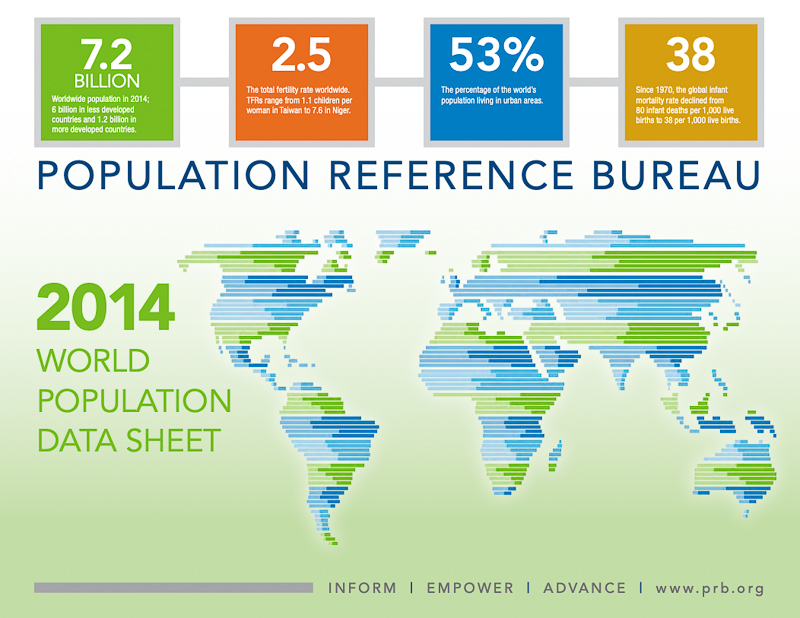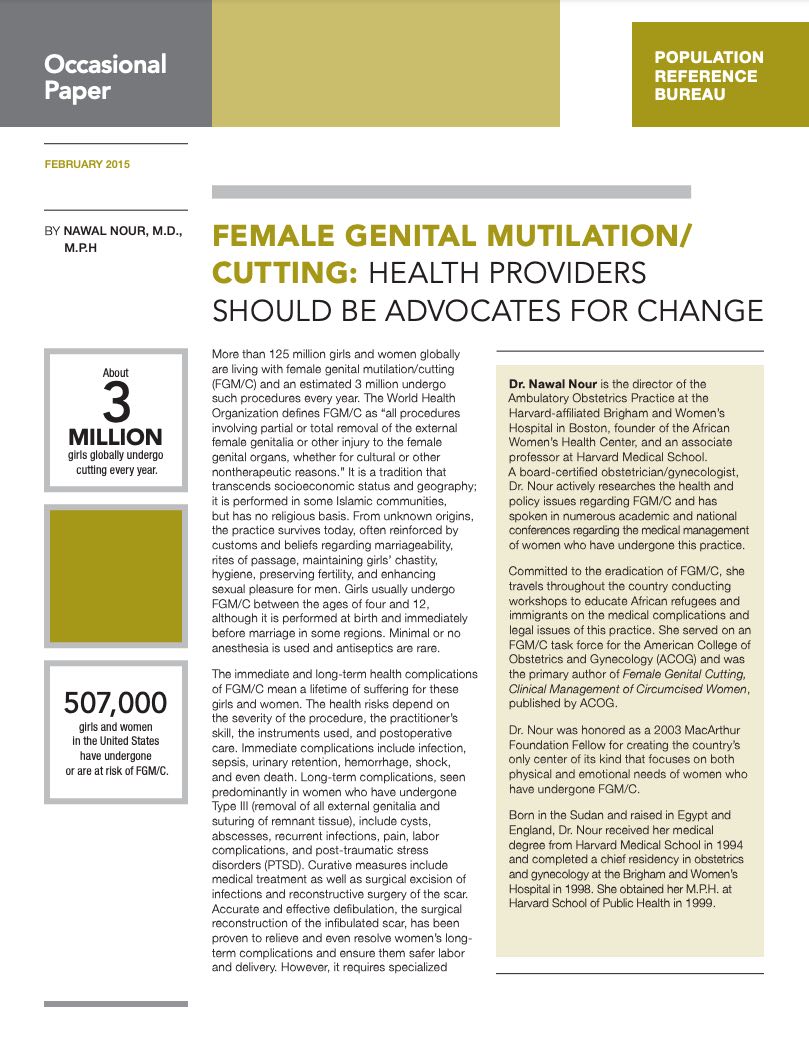398 Search Results Found For : "%E5%B9%BF%E5%B7%9E%E5%BC%80%E5%88%A9%E7%A9%BA%E8%B0%83%E5%92%8C%E7%89%B9%E7%81%B5%E7%A9%BA%E8%B0%83%E5%BE%AE%E4%BF%A1%E5%8F%B7%EF%BC%9AGU-2015"

Project: PACE: Policy, Advocacy, and Communication Enhanced for Population and Reproductive Health
2014 World Population Data Sheet (PDF)
PRB’s World Population Data Sheet is an annual report on the world’s demographic, health, and environmental progress and challenges.

Project: Center for Public Information on Population Research (CPIPR)
New Studies Probe “Who Smokes and Why” to Bolster U.S. Prevention Efforts
To better design and target anti-smoking efforts, researchers are examining stress, genes linked to nicotine addiction, and neighborhood/family characteristics to identify who smokes today and why.
Progress and Setbacks Toward Education For All
(2010) A lack of basic education in childhood is linked poorer health, fewer job opportunities, and decreased political participation later in life.

Female Genital Mutilation/Cutting: Health Providers Should Be Advocates For Change
(2015) This paper will make a case for the critical role of health care providers in treating girls and women who have undergone FGM/C and in protecting others from this harmful tradition.

Project: Demography and Economics of Aging and Alzheimer’s Disease
Family Caregiving for Older People
(2016) In the United States, the vast majority of care that allows older people to live in their own homes is provided by family members who do not receive pay for their services.

Project: KIDS COUNT
Report. 2017 KIDS COUNT Data Book: How Are Children Faring?
(2017) The KIDS COUNT Data Book—now in its 28th year—provides an up-to-date and detailed picture of how children are faring in the United States, nationally and in each state.
Reducing Maternal Deaths in West and Central Africa
(2015) Summary: Maternal deaths can be prevented when women give birth in health facilities attended by skilled personnel. A study in seven West and Central African countries shows that poor women and women who live in impoverished rural or urban communities are less likely to deliver in a health facility than wealthy women and those who live in wealthy communities.


